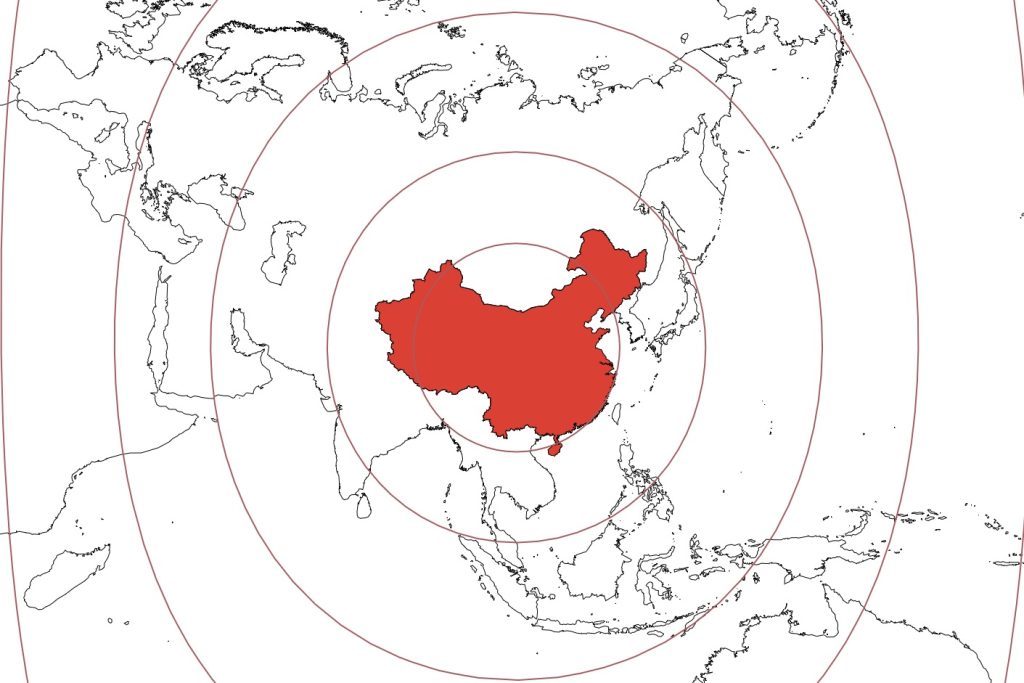In recent years, China has increased its production of nuclear warheads and modernized its missile fleet, making it capable of striking the United States. The Stockholm International Peace Research Institute reported that China’s nuclear force now includes 500 warheads, double its estimated stockpile in 2020, with some two dozen warheads believed to be deployed on high operational alert. China’s Rocket Force, a branch of the People’s Liberation Army, oversees the country’s nuclear and conventional missiles, including hypersonic weapons, giving Beijing a nuclear triad of submarines, strategic bombers, and land-based intercontinental ballistic missiles (ICBMs).
The Center for International and Strategic Studies has identified 16 Chinese missiles, ranging from short to long-range, and both conventional and nuclear-capable. Among these missiles are the Hong Niao-3, the Dong Feng 4, the Dong Feng 31, the Ju Lang-2, and the DF-41. The Hong Niao-3 can be launched from land, ships, and submarines, with a range of up to 1,864 miles, threatening American and allied forces in the Asia-Pacific region. The Dong Feng 4, a solid-fueled ground-based missile, has a range of 2,796 to 3,417 miles, capable of reaching Hawaii and Guam. The Dong Feng 31, also road-mobile, has a range of 4,389 to 7,270 miles, making it capable of striking targets in most parts of the U.S. The Ju Lang-2, a submarine-launched missile, has a range of 4,970 to 5,592 miles, posing a threat to Hawaii, Alaska, and the western U.S. The DF-41, the newest ICBM in the Dong Feng series, is still under development and expected to have a range of 7,456 to 9,320 miles, putting the entire U.S. within reach if launched from China’s eastern coast.
In response to China’s expanding nuclear capabilities, the Pentagon has expressed concerns about Beijing’s increasing nuclear warhead production and advancements in missiles carrying multiple warheads that can hit separate targets. China’s developments in ICBMs have raised alarms about the country’s growing nuclear arsenal and its potential to challenge the existing nuclear powers of the U.S. and Russia. The U.S. and its allies are closely monitoring China’s military activities and the implications of its nuclear advancements in the Asia-Pacific region.
Newsweek’s map, based on information from the Center for International and Strategic Studies, illustrates the ranges of Chinese missiles capable of carrying nuclear warheads, highlighting the potential threat posed by China’s expanding nuclear capabilities. With Beijing’s ambitions for dominance in the Asia-Pacific region and its increasing nuclear arsenal, analysts and policymakers are closely watching China’s military developments and their implications for regional and global security. As China continues to enhance its nuclear capabilities and modernize its missile fleet, the geopolitical dynamics in the Asia-Pacific region are evolving, raising concerns about the potential for conflict and the need for diplomatic engagement and strategic deterrence.








